What is VDSL technology and how does it differ from ADSL?
Nahid Rezaei2025-10-27T13:10:14+03:30Let’s face it living with slow internet is like trying to run a marathon in flip-flops. Frustrating, clumsy, and painfully slow. In an era where everything from watching movies to attending work meetings happens online, relying on outdated connections like ADSL just doesn’t cut it anymore. That’s where VDSL steps in a much faster, more reliable internet connection that uses the same copper line but delivers performance that feels worlds apart.
You might be asking, “Wait, isn’t ADSL and VDSL the same thing?” Not exactly. While they both use the same physical telephone line to get internet to your home, the speed, quality, and technology behind VDSL make it the clear winner in today’s internet-hungry world.
In this complete guide, we’re diving deep into what VDSL is, how it works, how it compares to ADSL, and whether it’s the right choice for you. We’ll also explore its benefits, drawbacks, and how it fits into the future of internet connectivity—especially in places where full fiber internet isn’t yet widely available.
So, buckle up, because your internet experience might be about to get a serious upgrade.
What is VDSL?
VDSL, or Very High Bitrate Digital Subscriber Line, is a modern broadband technology designed to deliver much faster internet speeds over the same copper telephone lines used by older DSL services like ADSL. But don’t let the word “copper” fool you—VDSL isn’t just a slightly improved version of ADSL. It’s a hybrid beast, combining the reach of traditional infrastructure with the power of modern fiber-optic networking.
Here’s how it works in simple terms:
Your internet service provider (ISP) sends data over fiber-optic cables up to a certain point near your neighborhood—usually a green box on the side of the road called a “cabinet.” From there, the last short stretch of connection to your home travels over the existing copper phone line. This approach is called Fiber to the Cabinet (FTTC).
By keeping the copper part of the connection super short, VDSL avoids the major speed and signal loss problems that plague ADSL, which uses copper all the way from the provider to your house. The result? Significantly higher speeds, lower latency, and a smoother internet experience.
To give you a real-world example, think of it like replacing the middle part of an old plumbing system with new, high-pressure pipes, while keeping the faucet and sink the same. You’re still using the same structure, but the flow is dramatically better.
VDSL isn’t the newest kid on the block (that title belongs to full fiber, or FTTH), but it’s still a huge leap forward for anyone stuck on ADSL or basic DSL services.
VDSL vs ADSL: What’s the Real Difference?
Now let’s get into the details of what sets VDSL apart from ADSL—because while they may look similar from the outside, the user experience couldn’t be more different.
Speed
This is the first thing most people care about—and rightly so. Speed is what makes or breaks your experience when it comes to internet connectivity. Here’s the blunt truth:
-
VDSL offers download speeds of up to 70 Mbps and upload speeds around 10 Mbps.
-
ADSL, on the other hand, maxes out at around 24 Mbps for downloads and usually less than 1 Mbps for uploads.
That’s not just a small difference—it’s life-changing. With VDSL, you can stream 4K videos, play online games without lag, upload large files in seconds, and have crystal-clear video calls—even if multiple people are using the internet in your house at the same time.
With ADSL? You’re lucky if you can stream in HD without buffering. Forget about smooth video calls or uploading large videos to the cloud.
Upload and Download Balance
Another major upgrade VDSL brings to the table is more balanced upload and download speeds. While it’s still a download-heavy service (like most residential internet connections), the upload performance is significantly better than ADSL’s.
This is a game-changer for anyone working from home, uploading content, using cloud services, or doing regular video calls.
Signal Stability and Quality
VDSL also wins big when it comes to stability and signal quality—but with a catch. The signal strength in VDSL is much more sensitive to distance than in ADSL. If your home is close to the cabinet where the fiber ends and copper begins, your connection will be fast and strong. But if you’re further away, speeds can drop noticeably.
ADSL, on the other hand, degrades more gradually over distance, but because it starts at a much lower speed, the experience is still inferior overall.
So while VDSL gives you amazing speed, its performance is tied more closely to how close you are to the network’s infrastructure. If you live in a city or well-developed area, this usually isn’t an issue.
Cost and Pricing
You might expect VDSL to be significantly more expensive than ADSL, but that’s not always the case. While prices can vary between providers and regions, the difference is usually modest, especially considering the speed and performance improvements you get with VDSL.
However, because VDSL is newer and less widely available, it may come with higher installation fees, or require you to buy or rent a VDSL-compatible modem/router. But many ISPs bundle this equipment into your plan, so check with your provider before upgrading.
Availability and Access
This is one of the areas where ADSL still has the upper hand—for now.
ADSL is more widely available, especially in rural or less developed areas, because it relies entirely on copper telephone lines, which are already everywhere. VDSL, on the other hand, requires the ISP to install a fiber-optic cabinet near your home. If your area hasn’t been upgraded yet, you might not have access to VDSL at all.
But that’s changing. More ISPs are expanding their networks and investing in VDSL rollouts as a stepping stone to full fiber. In fact, many national communications agencies have plans to replace ADSL with VDSL as the standard broadband option
How Does VDSL Actually Work?
Let’s break it down without the jargon. Imagine your internet is a highway. ADSL is like an old road that stretches all the way from the city (your internet provider) to your home, and it’s made entirely of bumpy cobblestones—your old copper wires. The farther the car (your data) travels, the slower it gets, bouncing over every little imperfection in the road.
Now enter VDSL. It’s like replacing 90% of that bumpy road with a new, smooth expressway (fiber optics), and only the last mile remains cobblestone. Suddenly, that car flies through most of the journey and only slows down a bit toward the end. That’s what VDSL does for your internet—it uses fiber optics up to a street cabinet near your home, and only the final part uses the copper line already in your house.
The result? Massively improved speeds and lower latency compared to ADSL. Plus, since most of the signal travels over fiber, it’s less likely to be affected by interference, making your connection much more stable overall.
But there’s a twist—VDSL only shines when your house is close to that fiber cabinet. If you live far from it, the performance drops, sometimes to ADSL levels. That’s why location really matters when it comes to VDSL.
So even though it still relies partially on copper wiring, VDSL is closer to fiber internet than ADSL ever could be. It’s a clever compromise—faster speeds without the need for full fiber installation in every home.
Why VDSL is a Game-Changer for Everyday Internet Use
If you’re still wondering whether VDSL is really that much better than ADSL, let’s talk about how it transforms your daily internet experience.
Streaming Without Buffering
One of the biggest headaches with ADSL is video buffering. With VDSL, you can stream Netflix, YouTube, and other platforms in full HD or even 4K, without the constant loading circles. And if there are multiple people in your household? No problem. VDSL can handle several devices streaming at once.
Work from Home, Seamlessly
More people than ever are working remotely. Whether you’re attending Zoom meetings, uploading large files, or accessing cloud-based tools, VDSL gives you the stability and speed you need to stay productive. Say goodbye to dropped calls and frozen screens.
Smooth Online Gaming
Gamers, rejoice. VDSL delivers low ping, reduced lag, and fast downloads, which are essential for competitive online games. If you’ve ever been shot around a corner or lost a match because of internet lag, you’ll appreciate the difference VDSL makes.
Video Calls That Don’t Freeze
Whether you’re chatting with family or in a business meeting, clear, uninterrupted video calling is crucial. VDSL offers higher upload speeds, which is the key to stable video calls.
Uploading Made Easy
If you’re a content creator or frequently upload videos, you know how painful it is with ADSL. VDSL’s 10 Mbps upload speeds make uploading videos, sending large files, and backing up data to the cloud a breeze.
Is VDSL Right for You?
It all comes down to your internet needs and location. If you:
-
Stream high-quality video regularly
-
Play online games
-
Work from home
-
Upload content often
-
Have multiple users in your home online at once
Then VDSL is a massive upgrade from ADSL and a solid alternative if full fiber isn’t available yet.
But if you live in a remote area where the infrastructure hasn’t been upgraded, or if your home is too far from the fiber cabinet, you might not get the full benefit. In that case, sticking with ADSL for now—or exploring mobile or satellite internet—might be your only option until VDSL arrives.
What About Upgrading from ADSL to VDSL?
Good news: if VDSL is available in your area, upgrading is usually simple.
Here’s what the process typically looks like:
-
Check availability – Visit your ISP’s website or call them to see if VDSL is available at your address.
-
Modem/router upgrade – You’ll need a VDSL-compatible modem/router. Many ISPs provide this as part of the upgrade.
-
Installation – In many cases, no technician visit is needed. But some providers might send someone to check your lines or install a splitter.
-
Service switch – Once everything is set up, your internet service will switch from ADSL to VDSL, and you’ll instantly notice the speed boost.
One thing to note: costs vary by provider. Some offer free upgrades, others charge a small fee for equipment or installation. But in most cases, the performance improvement is worth every cent.
The Future of VDSL in Iran and Around the World
In many countries, including Iran, VDSL is part of a national effort to upgrade outdated internet infrastructure. While full fiber internet (FTTH) is the end goal, rolling out fiber to every home takes time and money. So governments and ISPs are using VDSL as a bridge technology a way to quickly boost internet speeds without waiting years for full fiber installations.
In fact, Iran’s Ministry of Communications has been actively working to replace ADSL with VDSL, with some regions already seeing speed increases of up to four times. If these efforts continue, we may see mass migration from ADSL to VDSL over the next few years.
Globally, countries like Germany, the UK, and South Korea have all used VDSL in their transition strategies toward full fiber networks. It’s a proven, reliable step forward, especially for neighborhoods that already have old copper infrastructure in place.
Final Thoughts
In today’s connected world, slow internet isn’t just annoying—it holds you back. Whether you’re streaming, working, gaming, or just browsing, a poor connection ruins the experience. That’s why VDSL is such a valuable technology. It provides a smart, affordable way to significantly boost your internet speed without needing a full fiber overhaul.
It’s not perfect your speed still depends on your distance from the cabinet, and it’s not available everywhere. But if you have access, and you’re still stuck with ADSL, it’s probably time to make the switch.
Faster, smoother, smarter—that’s VDSL.


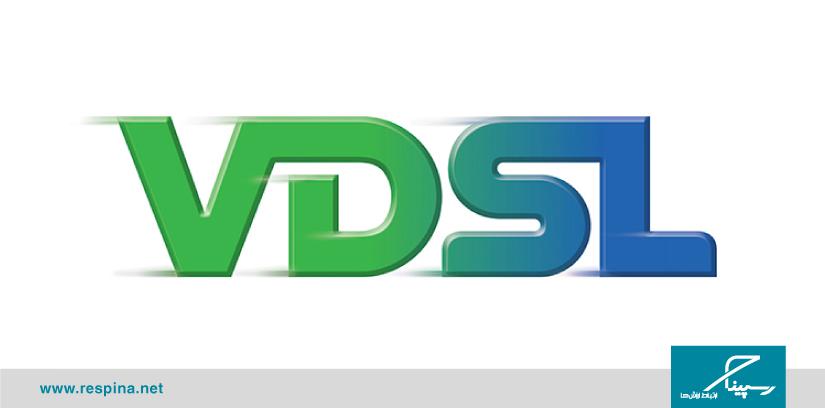

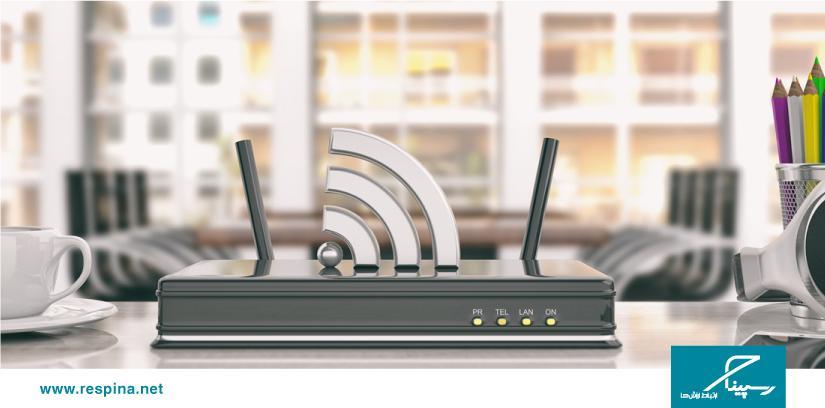
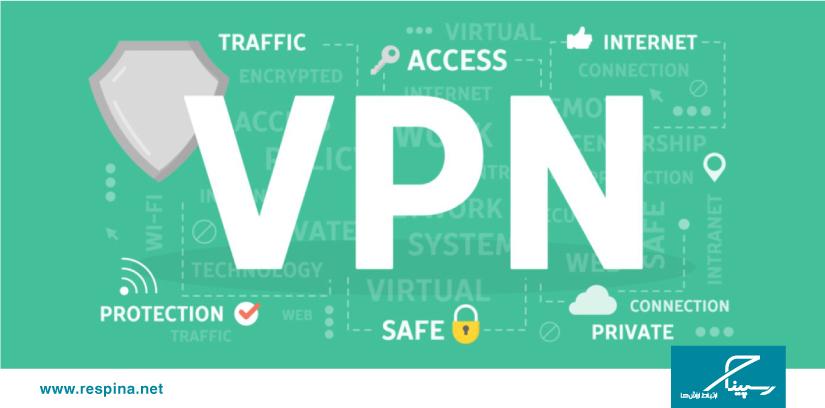
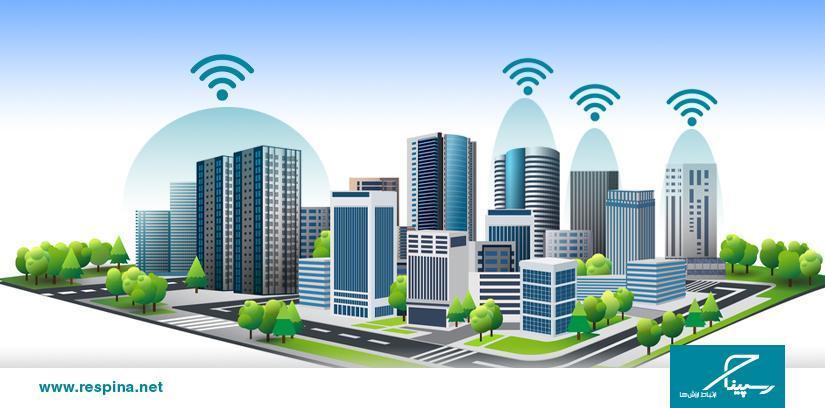
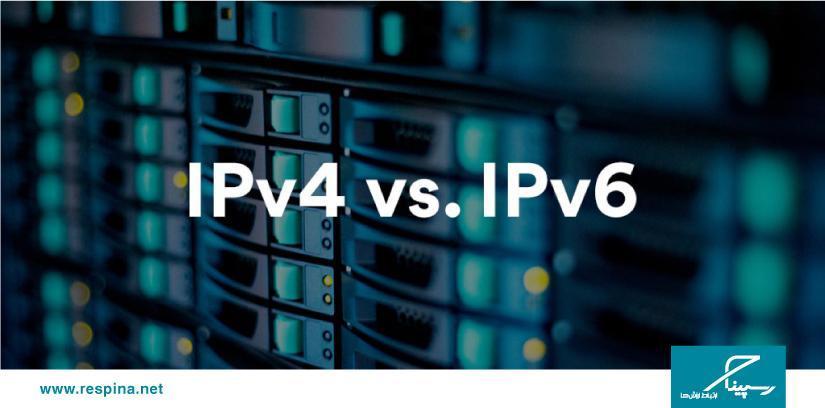

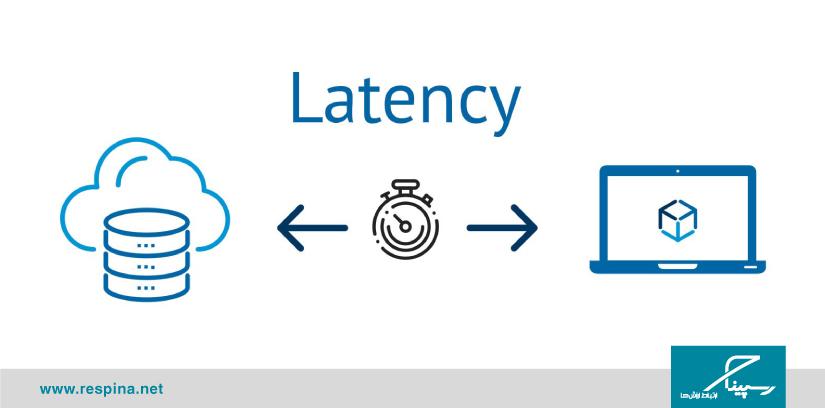
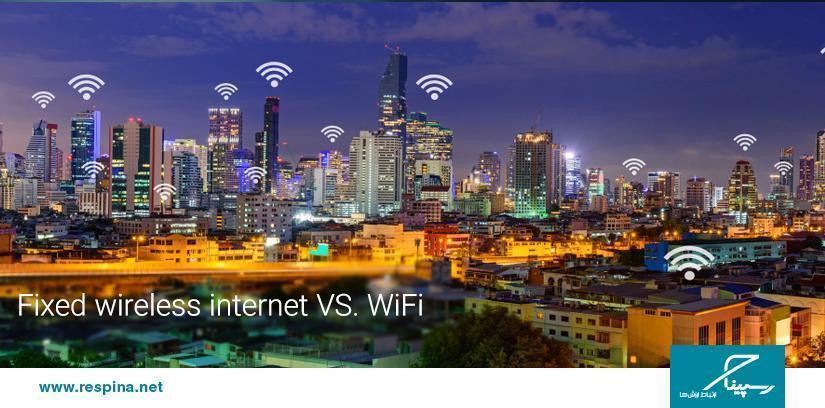

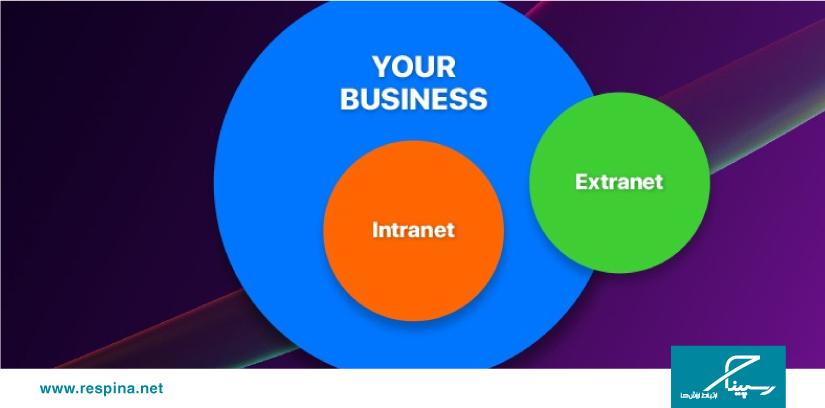

دیدگاهتان را بنویسید
برای نوشتن دیدگاه باید وارد بشوید.